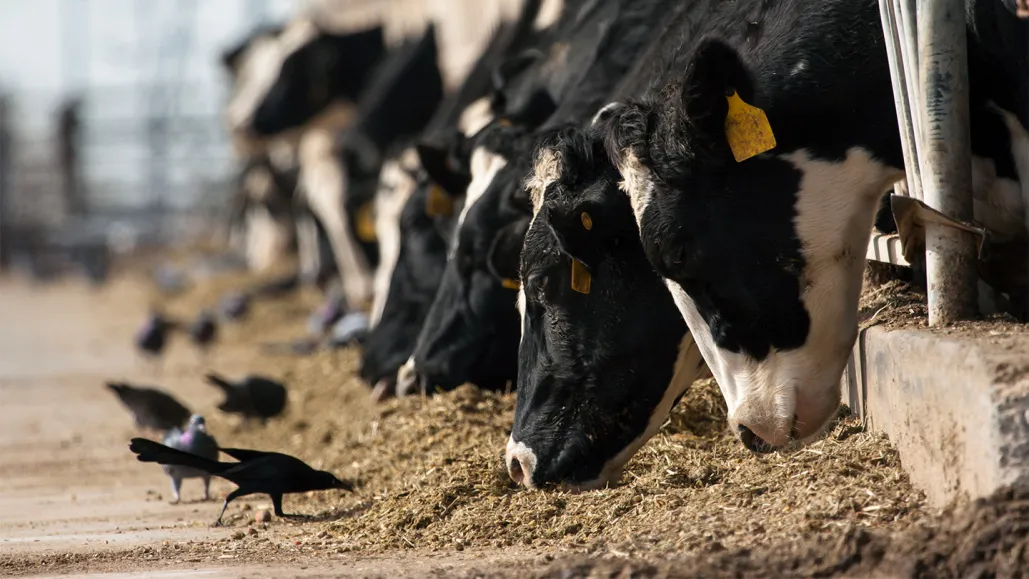Concerns Arise Over Bird Flu in Cows Impacting Cats
A concerning report has emerged regarding the spread of bird flu from cows to cats through raw milk consumption. Scientists investigating a Texas dairy farm, the first to test positive for bird flu this year, found that more than half of the cats that drank raw milk from infected cows ended up dying.
The investigation, detailed in the Centers for Disease Control and Prevention’s Emerging Infectious Diseases journal, sheds light on the toll the virus is taking on the cattle industry. Cats on the Texas farm became ill shortly after cows began showing signs of sickness, with over half succumbing to the infection.
Tests on deceased cats revealed significant amounts of the virus in their brains and lungs, indicating a severe systemic infection. While cows showed signs of illness in only a fraction of cases, cats proved to be particularly vulnerable to H5N1.
This spread of the virus from cows to cats through raw milk is a new development, although cats have long been known to suffer severe disease from H5N1. The U.S. Department of Agriculture has reported widespread deaths and neurological disease in cats around farms with outbreaks of the virus.
Although the risk to humans from infected cats is low, precautions are being advised. The CDC has issued guidance for veterinarians treating suspected H5N1 cases in cats, emphasizing protective measures such as wearing respirators and goggles.
Efforts are underway to contain the spread of the virus in dairy cattle, believed to have originated from wild birds. The U.S. Department of Agriculture is conducting tests on ground beef sold at retailers to assess potential risks, with results pending.
Despite the challenges posed by the virus, authorities are working diligently to mitigate its impact on dairy herds across the nation.















































